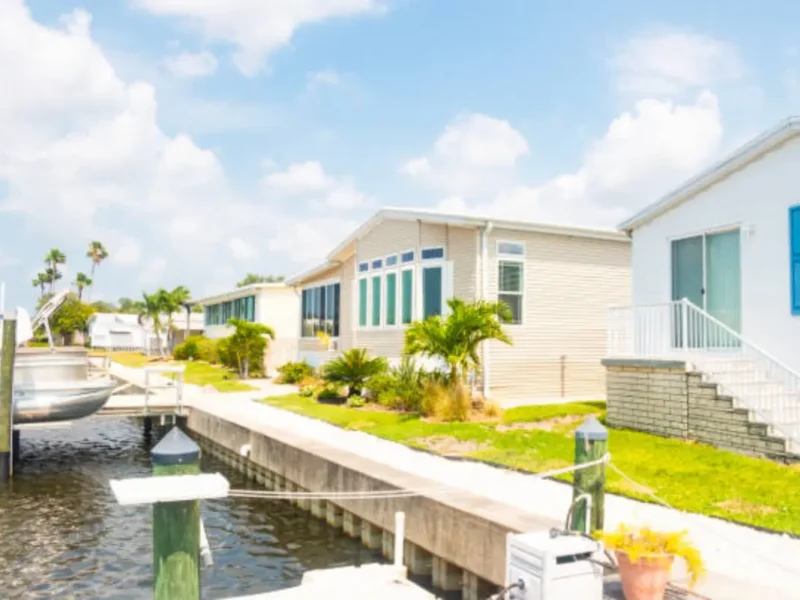Water is the biggest weakness of any home. And there are many ways for water to cause significant damage to homes—from plumbing issues to heavy rains. Flooding or moisture build-up from any source can devastate homeowners and cause permanent damage if not tackled immediately.
As such, you must know what to do when water damage occurs. Here’s a checklist to help you get back on your normal routine faster:
Prioritize Safety
Depending on the type and size of water damage that occurred, your home could be unsafe and unstable. For instance, if water damage occurred due to a hurricane, you may have broken glasses or unstable roofs. As such, make sure to prioritize your family’s safety above all else.
Evacuate your family if any primary structure becomes unstable or the water is black and contaminated. Make sure to turn off your main power and water lines, preventing further damage and the risk of electrocution. Watch out for any sharp debris and other potential hazards around.
Call A Water Damage Restoration Service
Whether the damage is overwhelming or you don’t have enough time to tackle it, hiring the expert is a smart move. A service provider such as this can help get your property back to normal. They have the necessary experience and tools to restore your home while ensuring your family’s safety.
Make sure that the expert you choose has the proper license and experience in handling the kind of damage that occurred in your home. Also, be wary of fraudulent contractors that take advantage of such situations and overcharge homeowners for low-quality or subpar restoration services.
Although you may be in a hurry, do your homework and choose a local contractor that can efficiently restore your home.

Contact Your Insurance Provider
As soon as the damage occurs, you should call your insurance company right away. Don’t delay this even for a day since it also delays your claims. Make sure you have your insurance agent’s number so you can get a hold of them in case water damage occurs in your home, allowing for a prompt filing and inspection of the damage.
Perform An Inspection
If there’s no risk to your safety, you can inspect your property and look for damages. Inspect the inside of your home, checking each room for damages. Start from the room where water may have originated or entered. Don’t forget to check the attic, ceiling, and basement.
Then, go outside and check for potential issues around your home, on exterior walls, windows, and doors. Check railings, decks, and fences for chips or damaged areas, especially with wooden materials. If possible, you should also check your roof, especially if a storm caused the damage.
Document Damages
As you inspect your home for damages, take a picture of each and write it in a journal. Be as detailed and thorough as possible since these are evidence that can help with your insurance claim.
Make sure that each picture is clear. If possible, take a video for more extensive evidence of damages. Organize the photos, videos, and journal by room.
Start Cleaning And Repairing
Once you’ve documented all damages to your home, you can now clean up. Doing so can help minimize damage while helping make the process quicker and easier.
You can start by removing any valuable possessions which may sustain damage. This includes carpeting, rugs, furniture, and other items that may be wet. Then, extract standing water and clean the affected area as soon as possible. The longer you leave the water, the more damage it creates. Water seeps through most home materials, especially wood, giving more time for mold to grow.
If water damage occurred due to storm flooding, use a shovel to clear away dirt and mud that flowed into the home. Open up wet walls to remove insulation. Also, make sure to pull up floors to prepare for the drying process.
Once you’ve extracted as much water as possible, you can start drying your home. You can put fans or dehumidifiers throughout the house and run the air conditioner to speed up the drying process. If it’s dry and sunny outside, you can also open the windows and doors to help dry out your home. Make sure to sanitize the area to prevent mold and fungi from spreading.
While waiting for your home to dry, you can do the necessary repairs. In general, the water damage restoration specialist you called can help you from remediation to restoration and repairs.
Takeaway
Water damage is a stressful event that requires immediate action to prevent permanent damage and the growth of dangerous mold. So, make sure to follow the steps provided by this article to help you restore your property after the aftermath.



